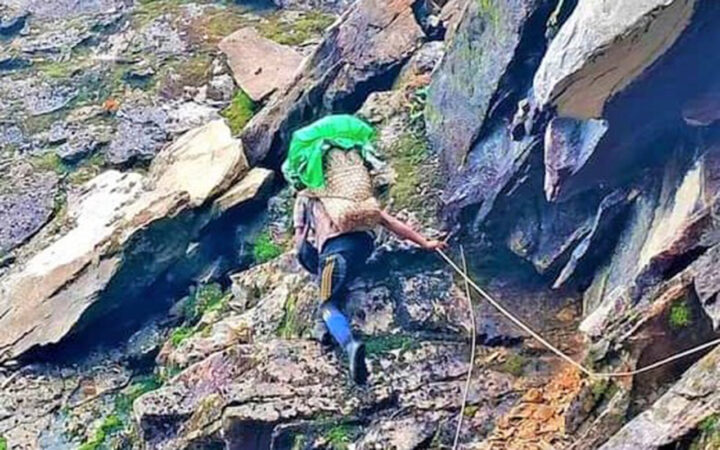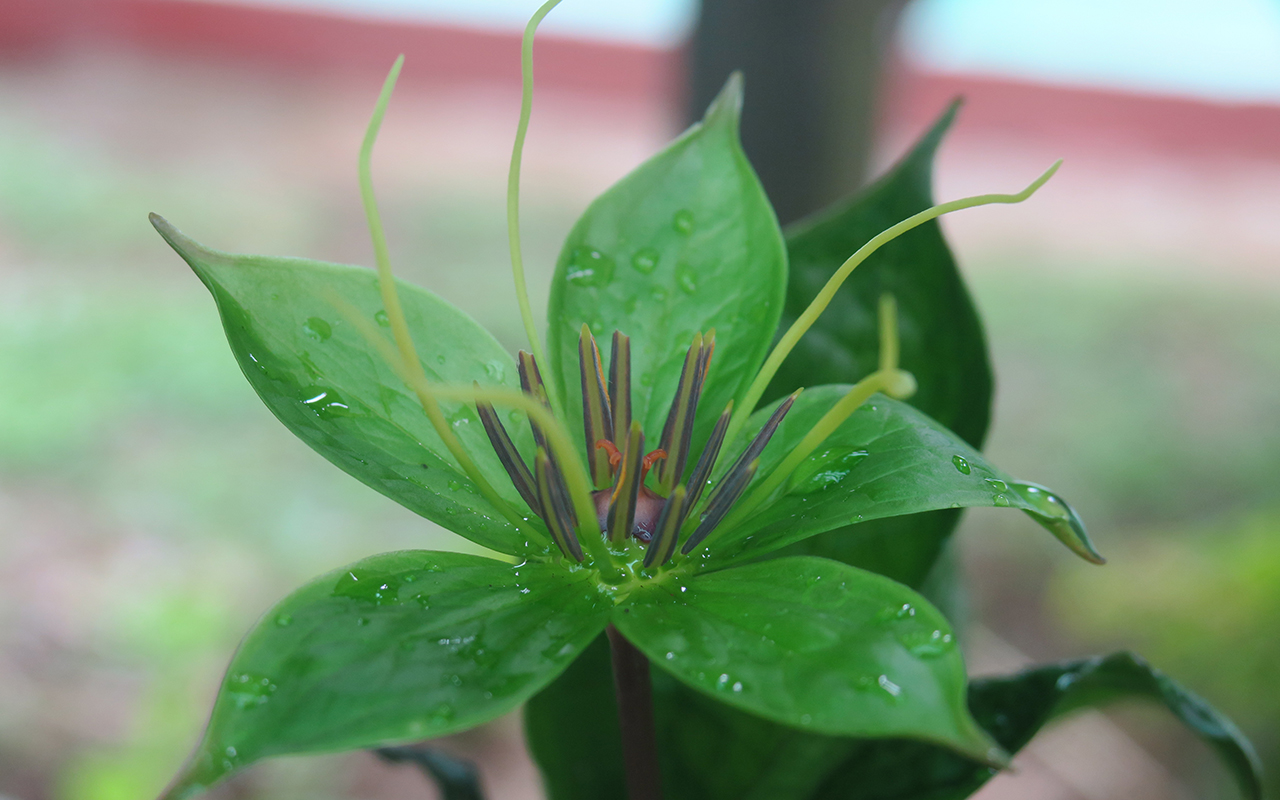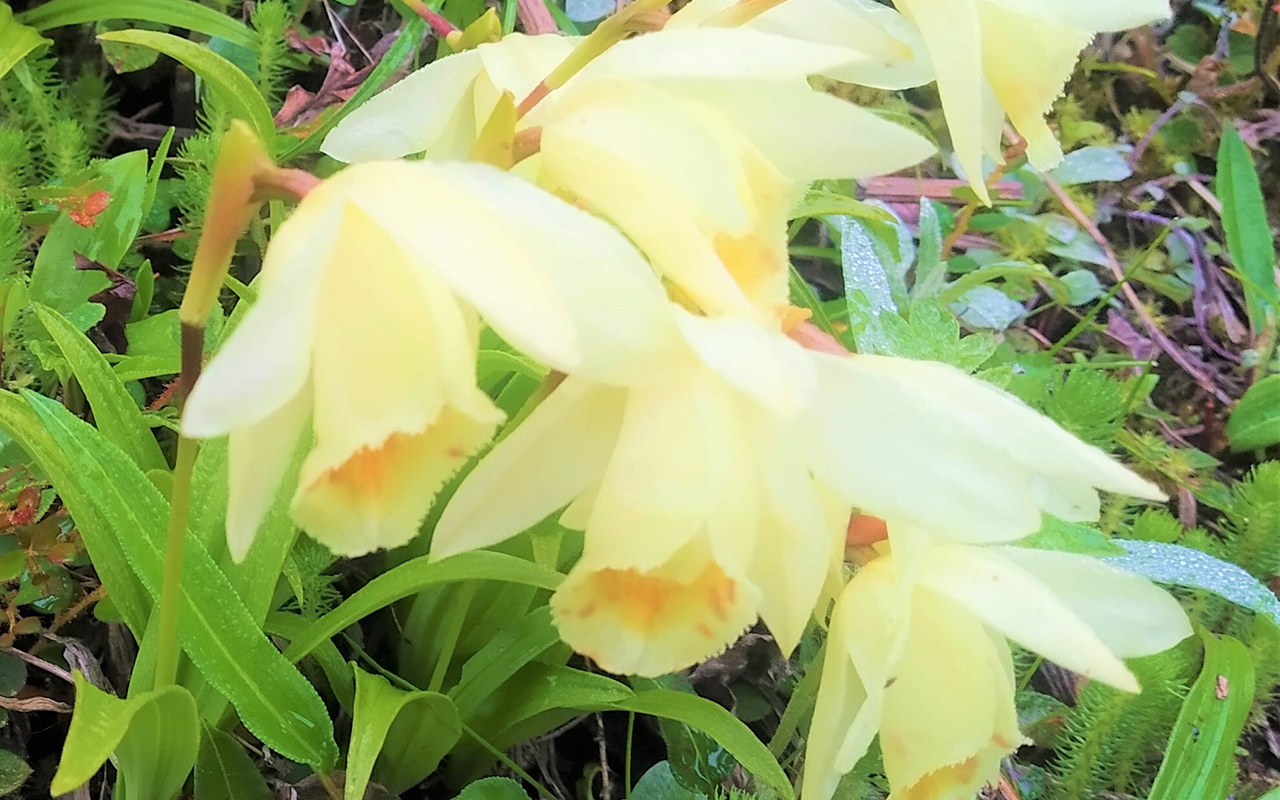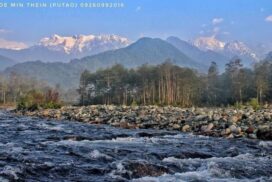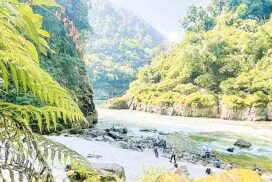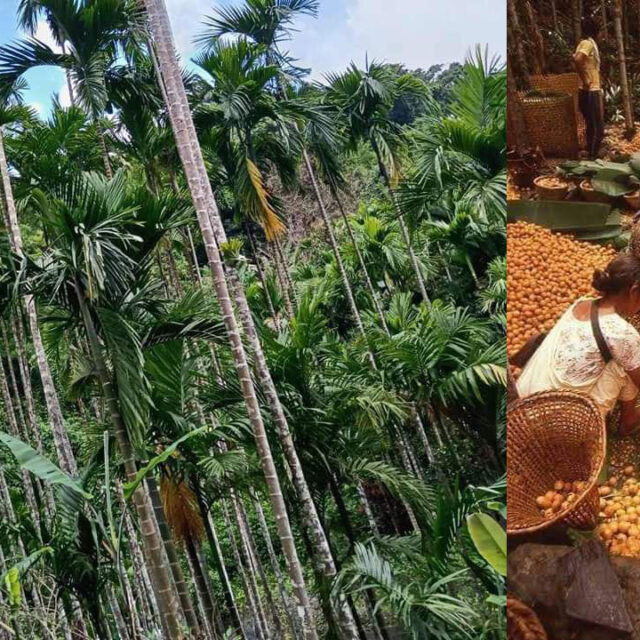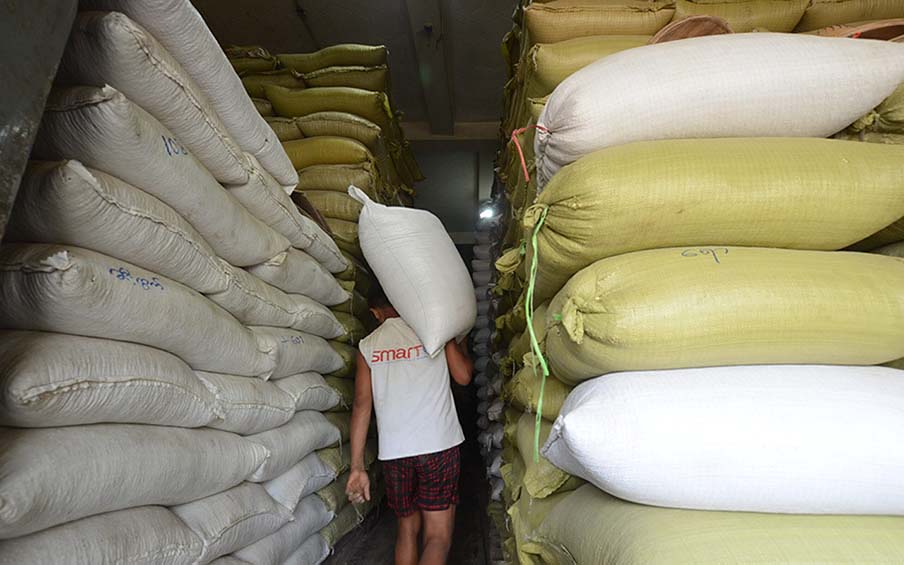The snow-capped mountains and forests balance the world’s ecosystem and watershed areas of rivers and streams. Meanwhile, the Khakaborazi National Park recorded 24 medicinal plants found in PutaO and Khakaborazi National Park in Myanmar’s northernmost part, where the snow-capped mountains and forests are situated.
The Khakaborazi National Park, which is linked with the Himalayas and the main catchment area of Ayeyawady River, boasts various biodiversities, rare orchid species, Rhododendron species and medicinal plants. The officials record 297 trees and 220 orchid species, including black orchid. Similarly, they also record 24 therapeutic plants, including two new species.
Medicinal plants such as Fritillaria cirrhosa, Coptis teeta, medicinal taro root, Cordyceps and Gushar are growing in the national park.
“We conducted further research on 22 kinds of medicinal plants growing in the Khakaborazi National Park and recorded 24 types of medicinal plants. They are the plants that can be grown near PutaO and Khakaborazi snow-capped mountains. They cannot be found anywhere. As the place is rich in plant species, many species have not completed scientific experiments. The snow-capped mountains and coastal regions maintain the global climate. Myanmar possesses these two values, so we must conserve the nature-gifted biodiversity, plants, wild animals, forests, and snow-capped mountains. Especially, the medicinal plants growing atop the icy mountains are precious and cannot be substituted, and they are the previous medicinal plants of the country,” said Daw L K Si Yun from the research and educating programme of Khakaborazi National Park.
The Gushar is similar in shape to Fritillaria cirrhosa, but Fritillaria cirrhosa is bitter, and Gushar is sweet. The Fritillaria cirrhosa grows on the slope of a snow-capped mountain, and the Gushar grows near the top of the Hkakaborazi mountain. The Gushar possesses previous characteristics and tastes. When their significant characteristics are explored through systematic research, they will become an effective medicine in Myanmar’s traditional and foreign medicinal-related fields, a traditional medicine practitioner from Yangon considered. Other plants do not grow in the places where the Gushar is located. The Gushar can be dug between three and five years. — Nyein Thu (MNA)/KTZH
24 types of medicinal plants recorded in PutaO, Khakaborazi National Park
- January 24, 2024
- 174
